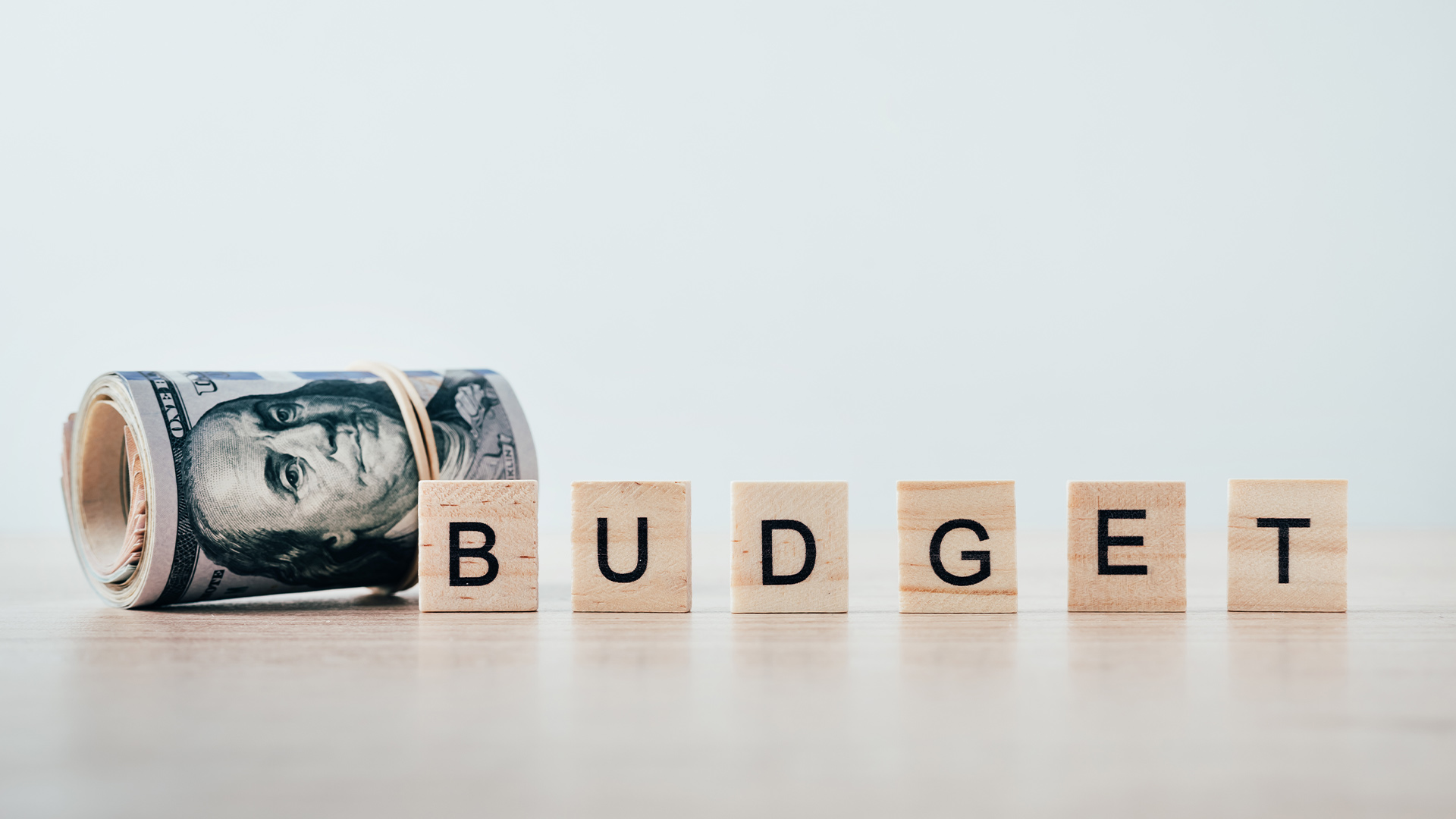
The Ultimate Daily Money Tracker
It’s the slow leak of daily spending that drains your budget. That’s why a simple daily money tracker is one of the most effective tools you can use to stay in control.
Spreadsheets might not be the sexiest part of managing money, but they’re one of the most powerful. A good budget spreadsheet saves you time, cuts down on stress, and shows you exactly where your money’s going--and where it should go instead.

Spreadsheets might not be the sexiest part of managing money, but they’re one of the most powerful. A good budget spreadsheet saves you time, cuts down on stress, and shows you exactly where your money’s going--and where it should go instead.
You don’t need to build one from scratch or spend hours formatting formulas. There are tons of pre-made templates that do the heavy lifting. Whether you’re budgeting solo, with a partner, or for a small business, there’s a spreadsheet out there that can make your life easier.
Let’s walk through 10 types of budget spreadsheet templates that are actually worth using--and why they work.
This is your bread and butter. You enter income, fixed expenses, variable expenses, and savings goals. The spreadsheet totals everything and shows whether you’re living within your means.
Why it’s great: It’s simple, clean, and gives you a full view of your cash flow in a single glance. Perfect for monthly check-ins.
For folks who want more frequent tracking, a weekly log breaks things down by day. You list expenses by date, category, and payment method.
Why it’s great: It makes overspending patterns jump out fast. If you always spend more on Fridays, this format will show it.
This template is based on the well-known budget rule: 50% needs, 30% wants, 20% savings/debt. You input your income and categorize each expense accordingly.
Why it’s great: It keeps you focused on balance. If your “wants” are creeping above 30%, you’ll know at a glance.
This long-term sheet lays out your budget month by month across the entire year. You can project income, expenses, and savings totals over time.
Why it’s great: Ideal for planning ahead and spotting seasonal trends--like holiday shopping spikes or summer travel costs.
Enter your debts, interest rates, and minimum payments. The spreadsheet calculates your debt-free date based on your payment strategy (avalanche or snowball).
Why it’s great: Few things are more motivating than watching your total balance drop every month.
Each row is a goal: emergency fund, vacation, wedding, etc. You track your contributions over time and see your progress toward each goal.
Why it’s great: It keeps your goals visible and tangible. You’re not just “saving”--you’re building something specific.
This one’s a hybrid calendar and checklist. You enter all recurring bills with due dates. As you pay each one, you mark it off.
Why it’s great: You never forget a payment. It’s especially useful for freelancers or irregular-income earners who can’t automate everything.
Two columns for shared vs. individual expenses. You track who paid what, split totals, and reconcile at the end of each month.
Why it’s great: It makes joint budgeting fair and transparent--no more guessing who covered what.
Track business income, expenses, taxes, and profit. Includes categories like software, subscriptions, marketing, and client payments.
Why it’s great: It keeps business finances clean and separate from personal ones--crucial for tax time and growth planning.
In this approach, every dollar gets assigned a job until you’re at zero. Income - Expenses - Savings = 0.
Why it’s great: It forces you to think about every dollar, not just the big categories. Great for those who want maximum control.
Think about:
Start with one or two templates that meet your biggest needs. You can always add more later.
Most importantly, update regularly--even if just once a week. A template can’t help you if it’s just sitting there.
You don’t need to use all 10 templates at once. In fact, using too many can create confusion and fatigue. Choose what makes sense for you now, and grow into the rest as your financial life evolves.
The best spreadsheet is the one you’ll actually open and use. If it saves you time, reduces stress, and keeps your money goals visible, it’s working.

It’s the slow leak of daily spending that drains your budget. That’s why a simple daily money tracker is one of the most effective tools you can use to stay in control.

If you’ve ever felt like you’re managing your money in a fog--checking five different apps, forgetting what bills are due, or losing track of your goals--a daily finance dashboard can clear it all up. It’s not just for data geeks or spreadsheet lovers. It’s a tool anyone can use to stay financially grounded in just a few minutes a day.

Managing money takes effort--but it doesn’t have to take time every single day. Thanks to financial automation, you can set things up once and let smart tools do the work in the background. That means fewer late fees, fewer missed goals, and way less mental clutter.